Sage Garden Project blends gardening and cooking education in schools statewide
Launched in Solana Beach, Sage Garden Project, founded by Annie Dunne, blends gardening and cooking education in schools statewide
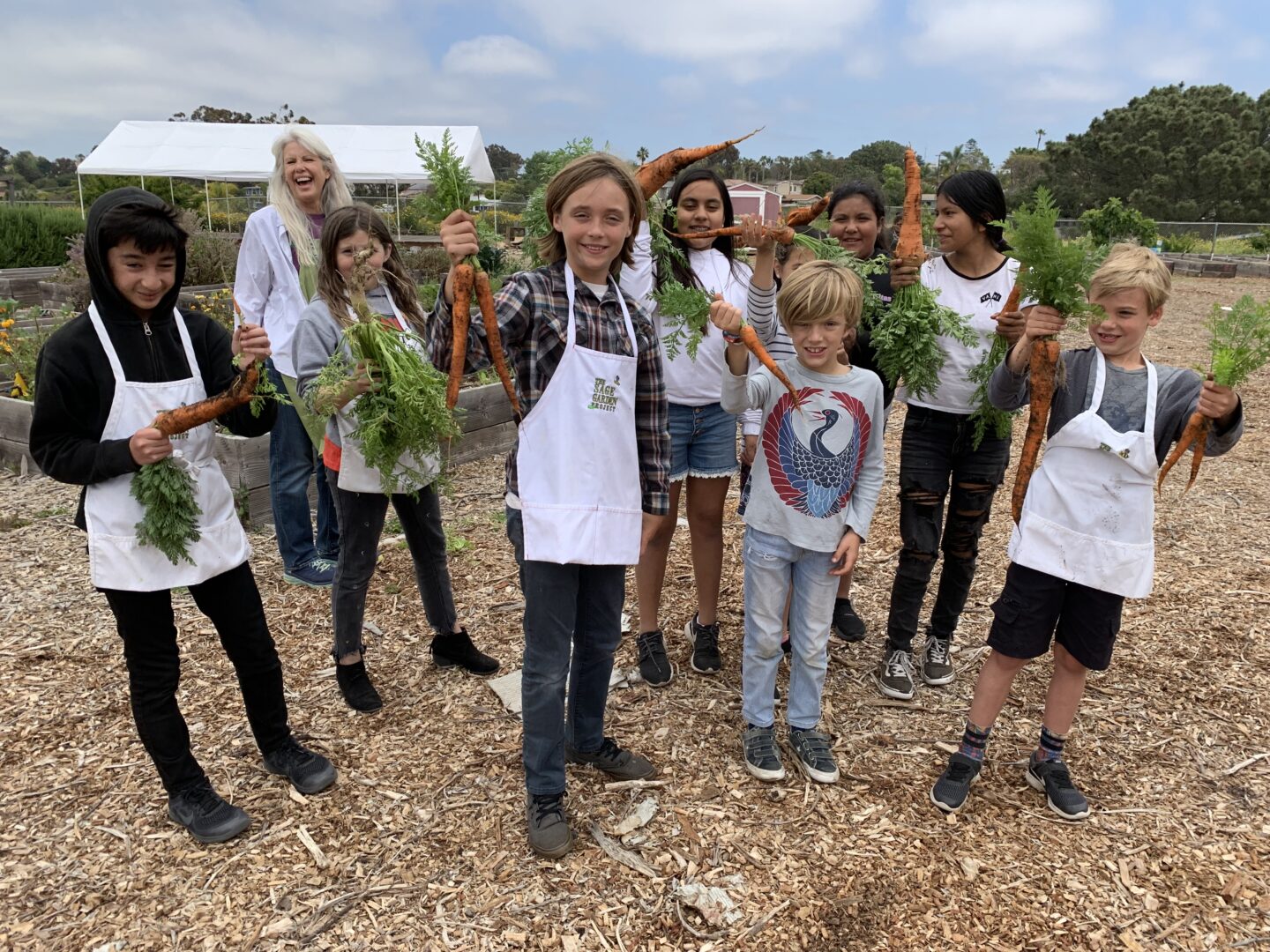
By now, the concept and existence of school gardens is hardly a novelty. Hundreds of schools countywide boast gardens where students can compost, plant, grow, and taste fresh foods, all with their own hands. But for Solana Beach resident and parent Annie Dunne, school garden programs were still missing something. As a parent volunteering in her daughter Sage’s school cooking class, she says, “I got to observe just how excited the kids were, how much they wanted to connect, and really what they learned.”
Also the founder of a cooking school in Italy, Dunne saw a similar passion sparked in adults. “What I found was that a lot of women had disordered eating, and I saw they were almost food voyeurs, and by the end of the week, they were transformed. I realized it was the same thing I was seeing in the school with the kids.” Thus, an idea was born. She believed that to be truly effective, both elements — gardening and cooking — needed to be combined. Together with longtime friend Dawn Mayeda, they launched into deep research and development to learn what was working and what wasn’t before creating the Sage Garden Project in 2011. Together, they worked to create a K-6 curriculum that aligned with California standards.
The plan incorporates work in the garden with in-classroom cooking, done on an all-in-one cart that contains everything they need to prepare their food, from bowls and knives to an induction burner, blender, and mixer, with lessons that are consistent with grade level ability. Each year builds on the last, developing skills that kids carry far beyond when the curriculum ends. “We make a lot of things fun but they’re really solid lessons that they’re learning,” says Mayeda, Sage Garden Project’s program director. Dunne adds, “And they go home and educate their family, so it builds out.”
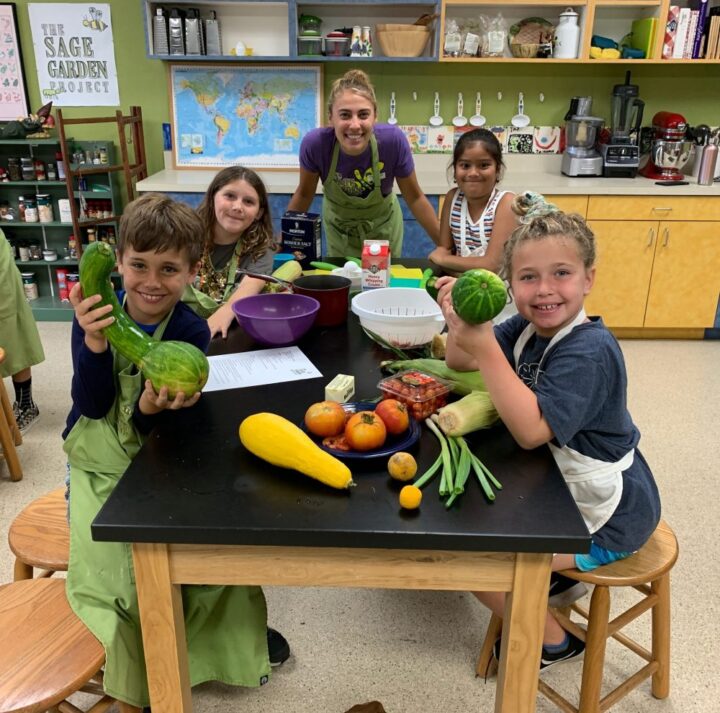
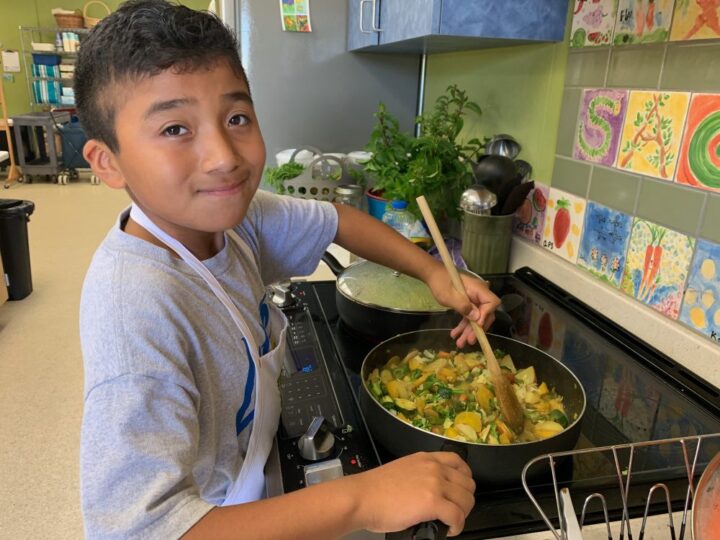
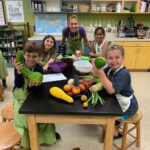
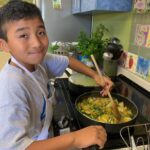
“We’ve really rounded it out to understand how important using the word ‘nourishment’ is, and how to encourage healthier choices by supporting their cultural heritage and making small changes. Also, as we’ve found, if they grow it and cook it, they always eat it, which is just amazing,” Dunne continues. “So, exposure is critical, because we’re forming palates at these very young ages.”
The program is designed to focus on schools that are Title 1 or have a high percentage of students that are at-risk for diabetes. Schools apply to adopt the curriculum, which includes a three-year, fully funded incubation period, following which schools assume responsibility of sustaining the curriculum. Initial funding is supported by Dunne’s personal foundation, the Anthony Cerami & Ann Dunne Foundation for World Health. To date, they’ve spent $10.4 million launching the program at 62 schools statewide, including 35 in San Diego County. However, Dunne and Mayeda emphasize how crucial the establishment of community partners, like Sprouts Healthy Communities Foundation, is for long-term success and continuity once the incubation period concludes, which ensures their ability to expand the program to new schools. “Changing food culture is quite an enterprise,” says Dunne, but as her mentor, famed chef Alice Waters, advised her, “You have to do something big enough that people understand why it’s important.” sagegardenproject.org






Comments